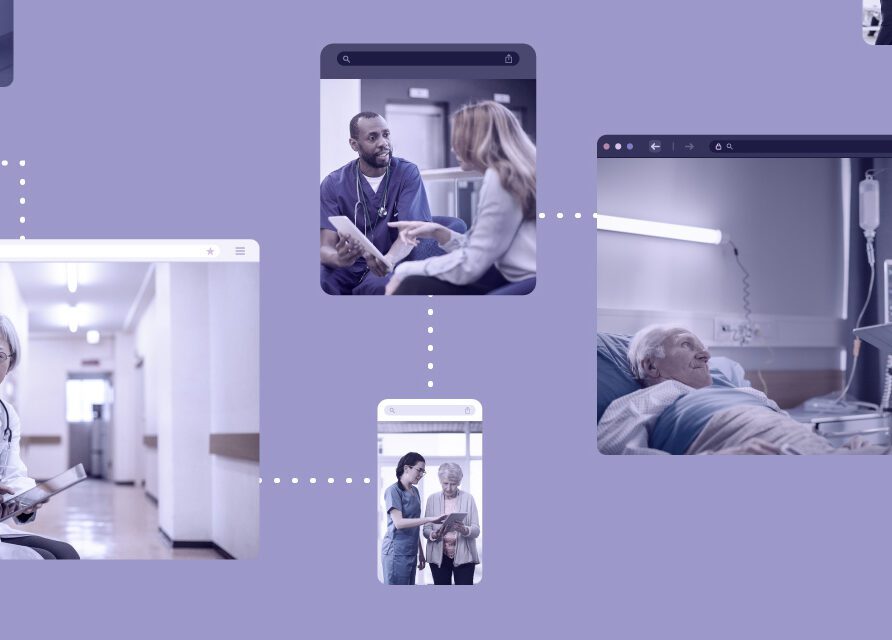Article
Four tips to tee up a successful EHR rollout
* This content was originally published prior to N. Harris Computer Corporation’s 2022 acquisition of the Allscripts Hospital and Large Physician Practice business segment. Our business is now known as Altera Digital Health.
Adopting new software can be a significant undertaking for businesses across all industries. However, the stakes are particularly high when implementing a new electronic health record (EHR) system as healthcare organizations must maintain patient safety, productivity and efficiency while preventing burnout. The combination of these pressures can be daunting even for the most organized and established practices.
During my 11-plus years at Allscripts, I’ve picked up a handful of shareable EHR implementation best practices that are applicable to healthcare organizations of all sizes:
1. Engage real users
A common mistake I see organizations make is relying too heavily on informaticists to implement a new EHR. Technical expertise is crucial to a seamless launch, but the reality is most medical professionals do not come from a computer science background. Engaging your real users during contracting, designing and scoping from the very beginning will pay off by your go-live date.
Involving providers from the start gives the project team firsthand knowledge of their actual workflows and how to best support them. Be sure to give non-clinical users a seat at the table, as well. The work of registration, scheduling and billing staff will affect care team members one way or another. Adding different types of users to the project team helps ensure your EHR will serve the entire organization.
2. Test, test, test
Another crucial step leading up to EHR activation is testing and the importance of involving real users in this process cannot be overlooked. Testing with just the IT side of the house will not give you a complete picture because programmers will not engage with the software the same way a user would in the exam room or the office.
Additionally, be sure to have the users write the test scripts themselves. Provider organizations frequently ask vendors to give them test scripts and vendors often oblige to keep buyers happy. However, it bears repeating: the user is the best expert on their own workflows. You would not ask a software engineer to explain how to insert an IV, so why have them map out instructions that a nurse will follow?
3. Confirm readiness for launch
It is unrealistic to wait for every member of your organization to become a champion of the new system. That said, be sure to confirm that workflows mirror what clinicians and other users are expecting and prepared for before go-live. Having staff view a single training session and then sending them off will produce a less than favorable outcome. Take things a step further and assess the readiness of your users after training to identify any remaining friction you did not catch during testing. This will enable you to provide the best support and resources when you actually bring the system live.
4. Push for honest vendor feedback early and often
Establishing a robust relationship with your EHR vendor—based in open communication—is one of the best ways to futureproof the eventual implementation. When you empower your vendor to be bold and honest, they can identify mistakes that internal team members aren’t considering and help you tackle roadblocks before you are past the point of no return.
At Allscripts we take pride in partnering with our clients rather than simply serving as their technology suppliers. Helping them achieve their business and technology goals is our top priority, and the people they serve are, in many ways, the people we serve. As such, we are committed to working hand-in-hand with all of our clients to get the job done—and to get it done right.













